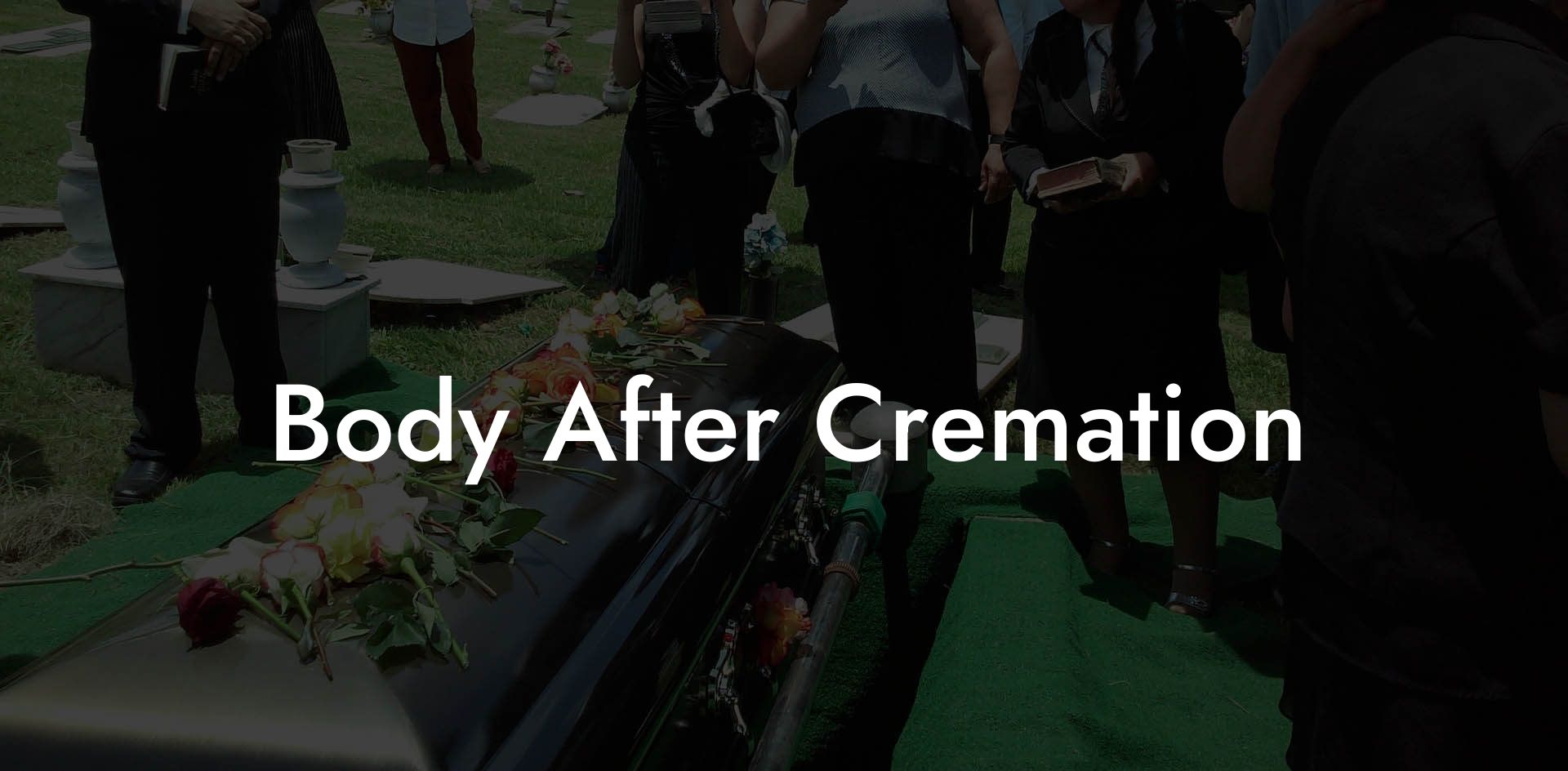Imagine if you could honor your loved one's legacy in a way that's both environmentally friendly and deeply personal. Welcome to the world of cremation, where the traditional funeral experience is evolving to meet the needs of a new generation.
Quick Links to Useful Sections
What Happens to the Body After Cremation?
Cremation is a process that reduces the body to its basic elements, leaving behind a residue of bone fragments and ash. But what happens to these remains after the cremation process is complete? The answer might surprise you.
The cremated remains, also known as cremains, are typically placed in an urn or container and returned to the family. From there, the possibilities are endless. You can scatter the ashes in a special location, bury them in a cemetery, or even turn them into a beautiful piece of jewelry.
But before we dive into the many creative ways to honor your loved one's memory, let's take a closer look at the cremation process itself.
The Cremation Process: A Step-by-Step Guide
Cremation is a complex process that involves several stages, from preparation to final disposition. Here's a breakdown of what happens during each step:
- Preparation: The body is prepared for cremation by removing any medical devices, prosthetics, or other items that could interfere with the process.
- Placement in the cremation chamber: The body is placed in a cremation chamber, also known as a retort, where it is exposed to high temperatures (typically between 1400°C to 1800°C) for a period of 1-2 hours.
- Calcification: The high temperatures cause the body to break down into its basic elements, leaving behind a residue of bone fragments and ash.
- Pulverization: The bone fragments are then pulverized into a fine powder, known as cremated remains or cremains.
- Return of the cremains: The cremains are returned to the family in an urn or container, ready for final disposition.
Now that we've covered the basics of the cremation process, let's explore some of the creative ways to honor your loved one's memory.
Creative Ways to Honor Your Loved One's Memory
The cremation process offers a wide range of possibilities for honoring your loved one's memory. From traditional burial to eco-friendly options, the choices are endless.
- Scattering gardens: Many cemeteries and memorial parks offer designated scattering gardens where you can scatter the ashes in a peaceful, natural setting.
- Tree planting: You can plant a tree in a special location, using the cremains as fertilizer to nourish the tree's growth.
- Water burial: You can scatter the ashes in a body of water, such as an ocean, lake, or river, creating a sense of connection to nature.
- Memorial jewelry: You can turn the cremains into a beautiful piece of jewelry, such as a pendant or ring, keeping your loved one close to your heart.
- Space burial: For the ultimate adventure, you can launch the cremains into space, where they'll orbit the Earth for eternity.
These are just a few examples of the many creative ways to honor your loved one's memory. Ultimately, the choice is yours, and the possibilities are endless.
The Environmental Impact of Cremation
As the world becomes increasingly aware of the importance of environmental sustainability, the funeral industry is evolving to meet the needs of a more eco-conscious generation.
Cremation is often seen as a more environmentally friendly option compared to traditional burial, as it reduces the need for land use and minimizes the amount of resources required for funeral services.
However, cremation is not without its environmental impact. The process requires a significant amount of energy, and the emission of greenhouse gases can contribute to climate change.
To mitigate the environmental impact of cremation, many funeral homes and crematories are turning to more sustainable practices, such as using renewable energy sources and reducing waste.
Resources and Community Support: Your Next Steps
Losing a loved one can be a difficult and overwhelming experience, but you don't have to navigate the process alone.
Here are some resources and community support options to help you through this challenging time:
- Grief counseling: Many funeral homes and hospices offer grief counseling services to help you cope with your loss.
- Online support groups: Join online communities and forums where you can connect with others who have experienced a similar loss.
- Memorialization services: Consider working with a memorialization service to create a personalized tribute to your loved one.
- Eco-friendly funeral options: Research funeral homes and crematories that offer eco-friendly options and sustainable practices.
Remember, you're not alone in your grief. Reach out to these resources and community support options to find the help and guidance you need.
Frequently Asked Questions: Body After Cremation
Here are some frequently asked questions about the cremation process and what happens to the body after cremation:
1. What happens to the body during cremation?
The body is exposed to high temperatures, causing it to break down into its basic elements, leaving behind a residue of bone fragments and ash.
2. Can I witness the cremation process?
Yes, many funeral homes and crematories offer the option to witness the cremation process, providing a sense of closure and finality.
3. How long does the cremation process take?
The cremation process typically takes 1-2 hours, depending on the size of the body and the type of cremation chamber used.
4. Can I scatter the ashes in a national park?
Yes, but you'll need to obtain a permit and follow any local regulations and guidelines.
5. Is cremation more expensive than traditional burial?
Cremation can be a more cost-effective option, but the final cost will depend on the type of services and options chosen.

